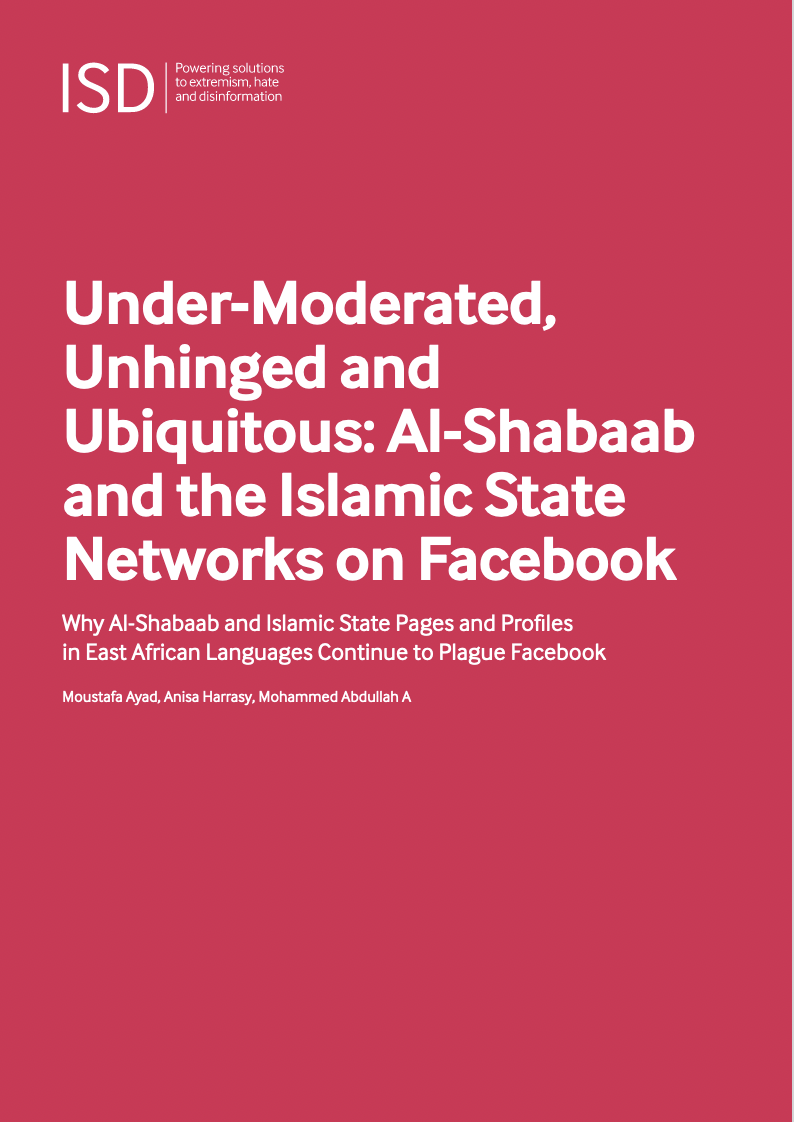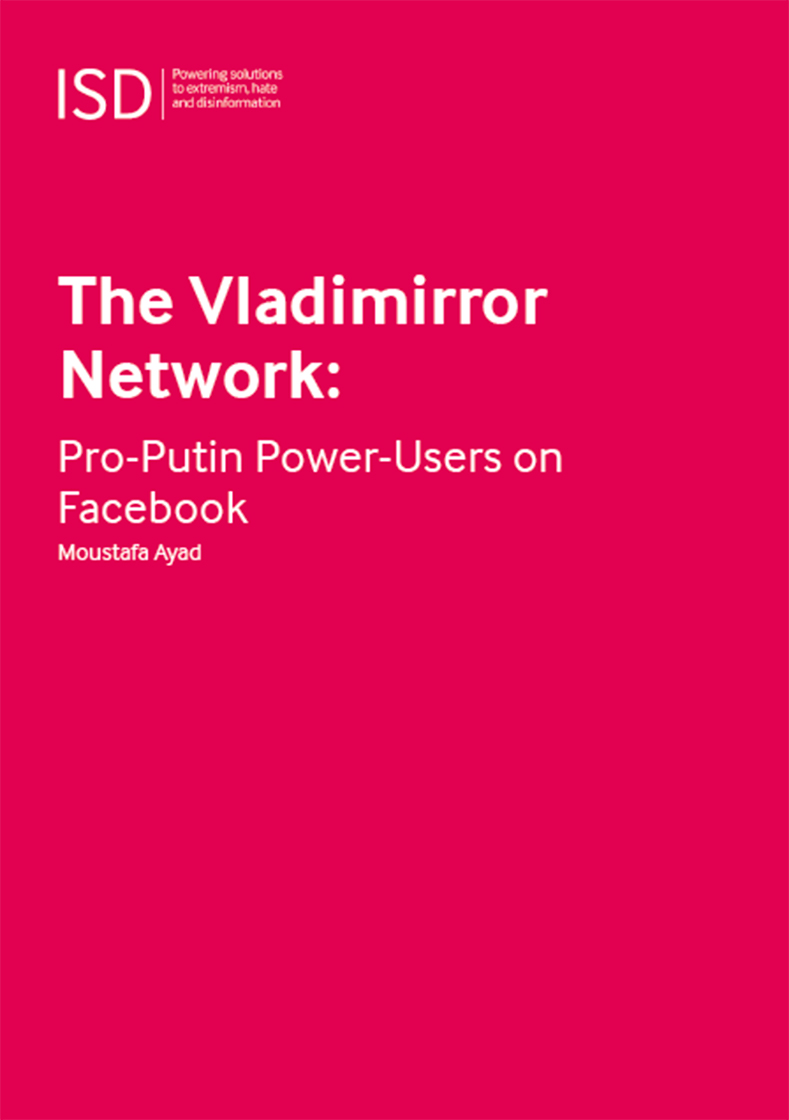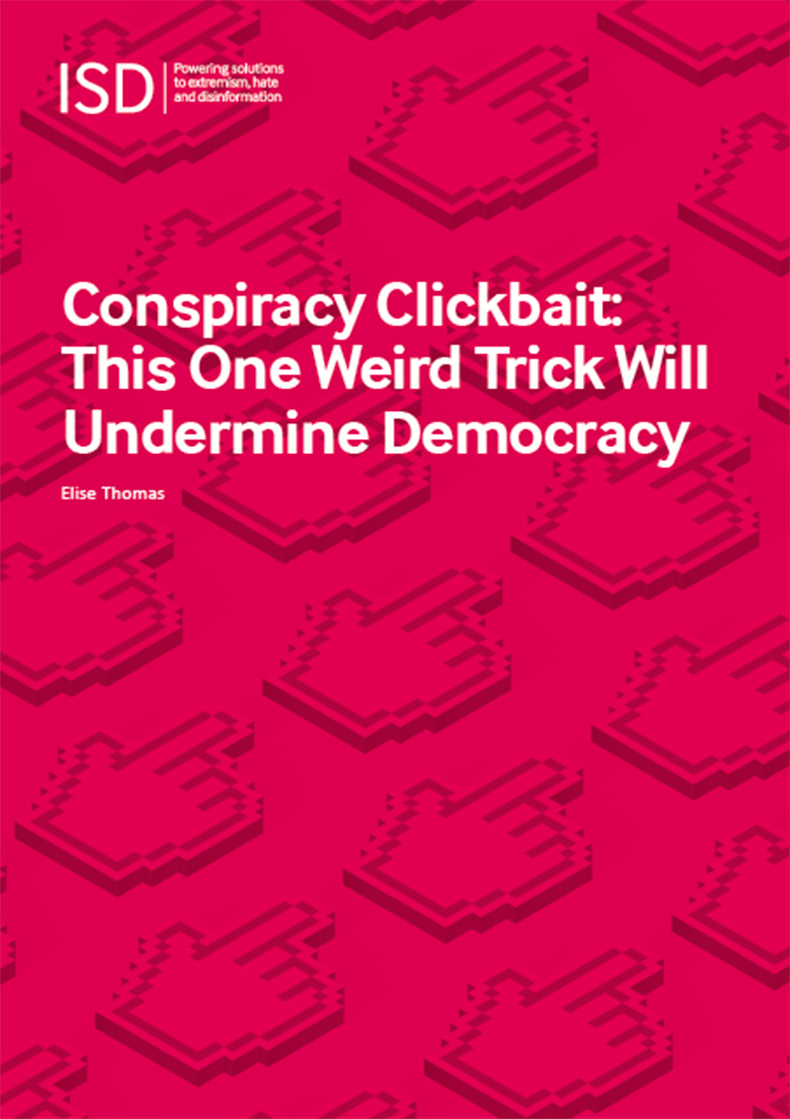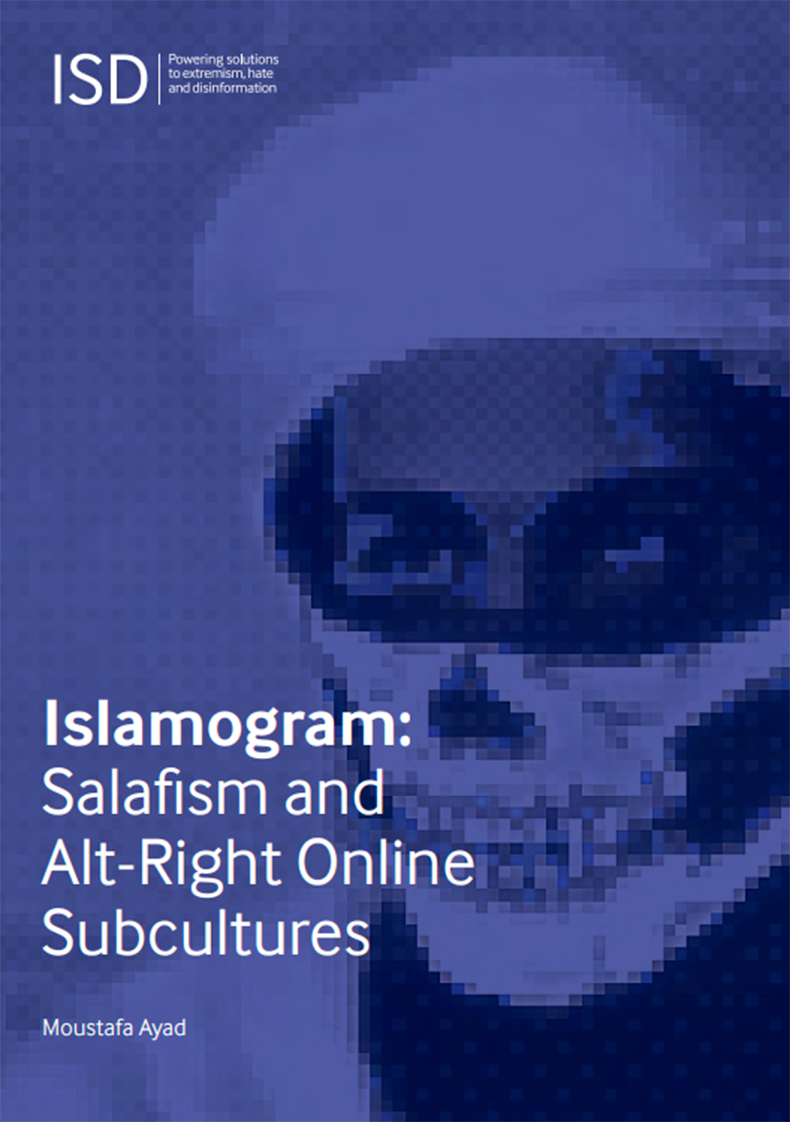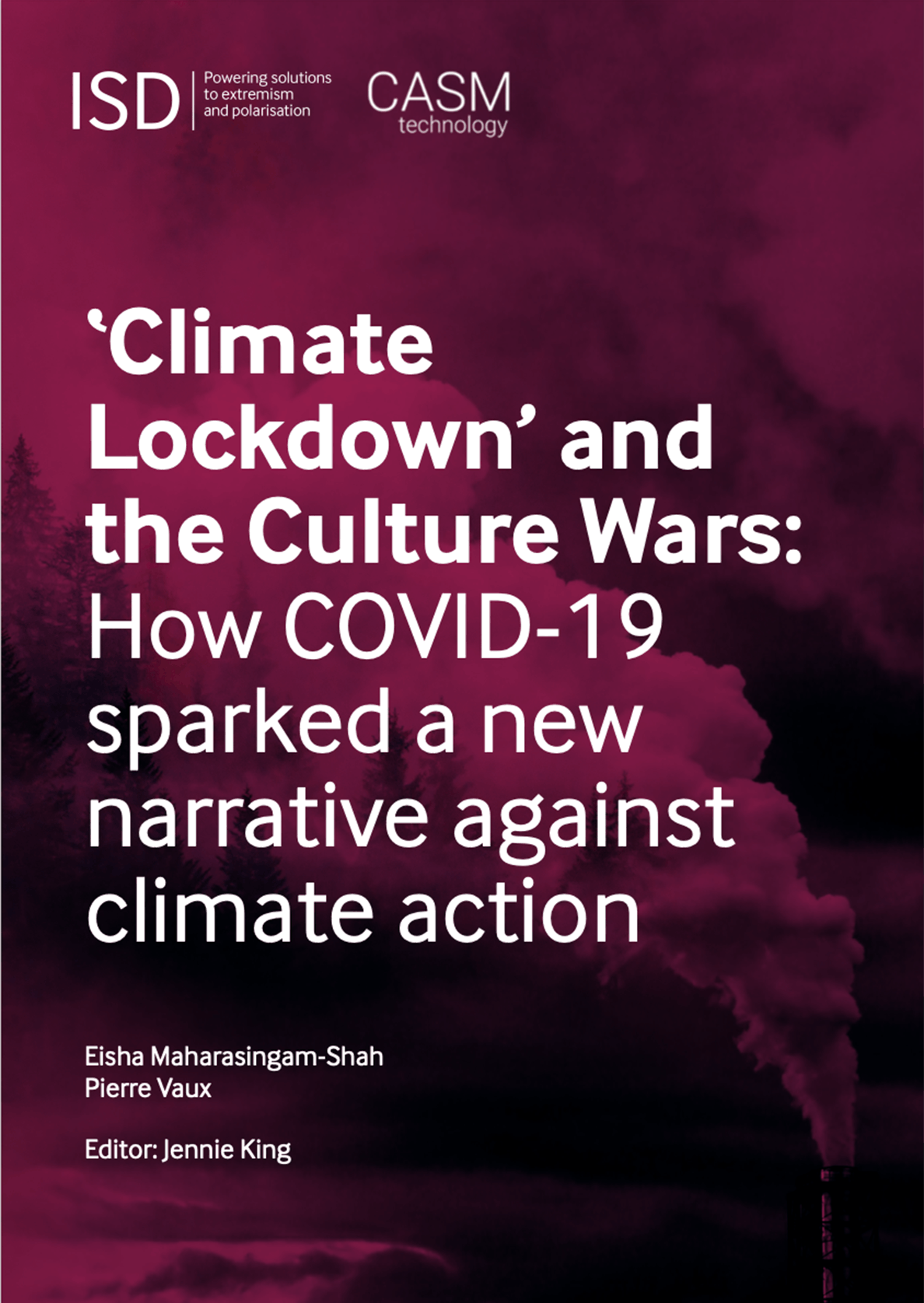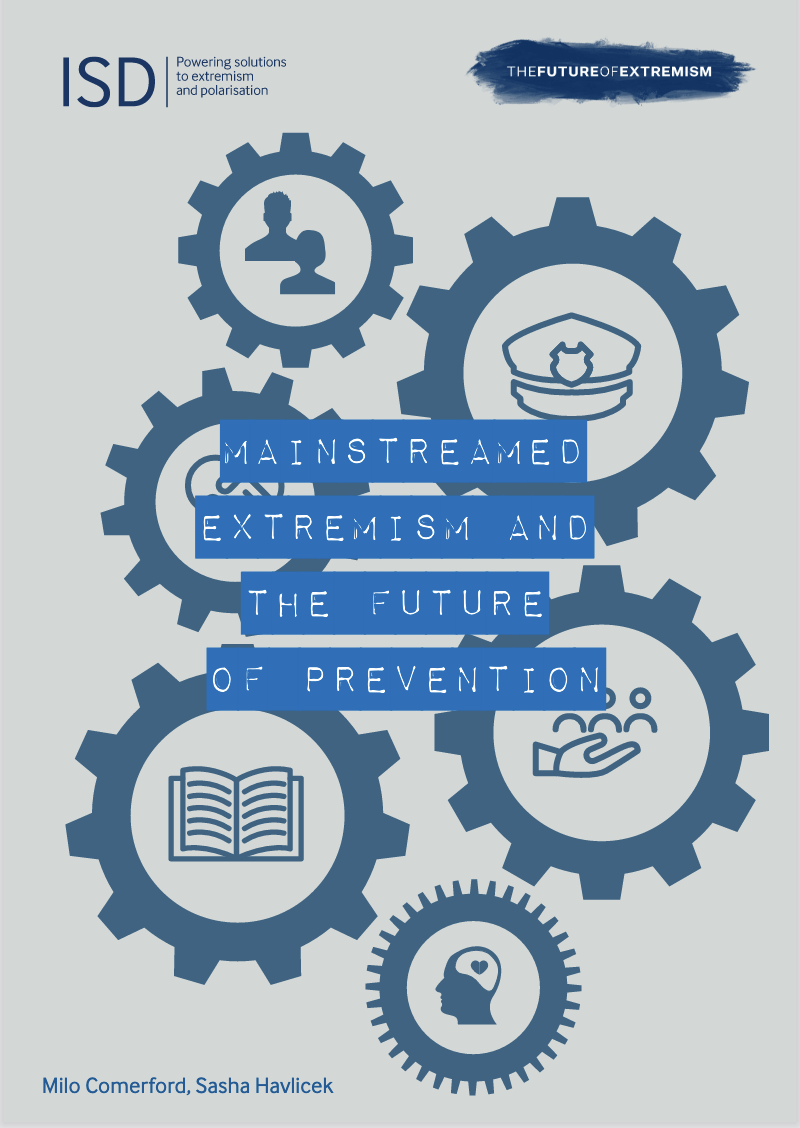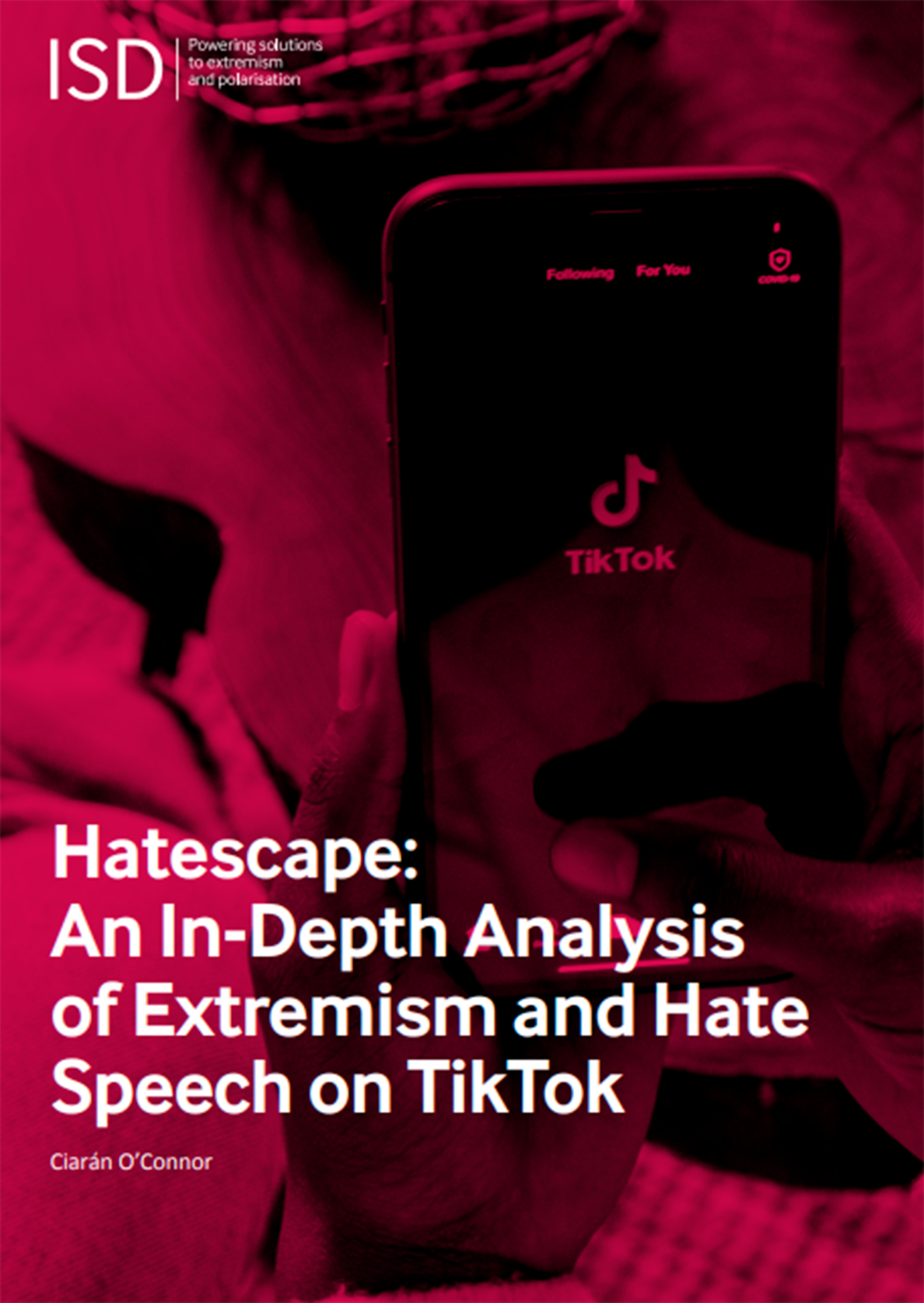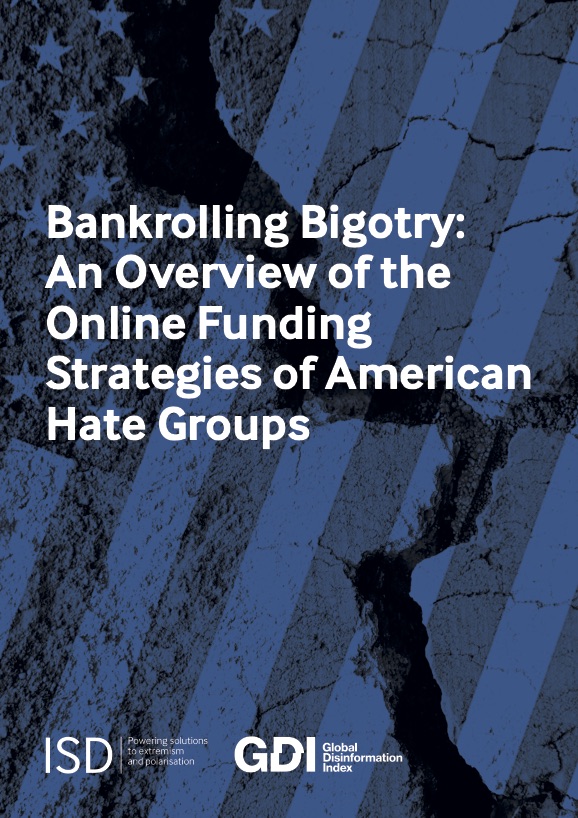No Platform for Old Men, Barriers to Online Youth Civic Engagement and P-CVE in Europe
Through the Youth Civil Activism Network (YouthCAN), our teams have been working with young people who consider themselves civically engaged and interested in preventing and countering violent extremism in their communities. This report makes recommendations for overcoming the barriers to online youth civic engagement, based on our work resourcing and supporting young activists from 14 countries across Western and Eastern Europe.

